
The term stipe In botany it has several meanings, which means that it is used to refer to a specific part of different types of plants. This part can be the trunk or pseudo-trunk in some cases, an inflorescence in others, ... it is even used to call a structure of the largest algae.
Consequently, its function varies, although we could summarize it in a single word: sustain, or if you prefer, unite. Confusing? We will explain it in more detail.
What does it mean stipe in botany?
The word stipe has many meanings, so to make it easier to read we have divided the article into different sections, as many as there are meanings of the term:
Pseudo-trunk (false trunk)

Image - Wikimedia / CT Johansson
There are certain plants that do not produce a true trunk, such as palm trees and tree ferns. This is made from the remains of petioles (stems that join the leaf blade with the trunk, stipe or branch) of the leaves that have been dying since the seed, or spore if it is a fern, germinated.
Unlike the true trunk, once it reaches its final diameter it stops gaining weight. In fact, when even that is not possible, either because they have sprouted in the asphalt, or in a terrain full of stones and / or very compact, it will stop its growth as soon as it runs out of space. In addition, it does not branch, unless it has suffered significant damage (for example, it has been struck by lightning) in its growth guide.
On the other hand, while you can know the age of a tree by counting the growth rings, which are formed every year, in the case of palm trees and ferns you can only know their age if you know when they germinated, or if you compare them with other specimens of its kind.
Floral stipe
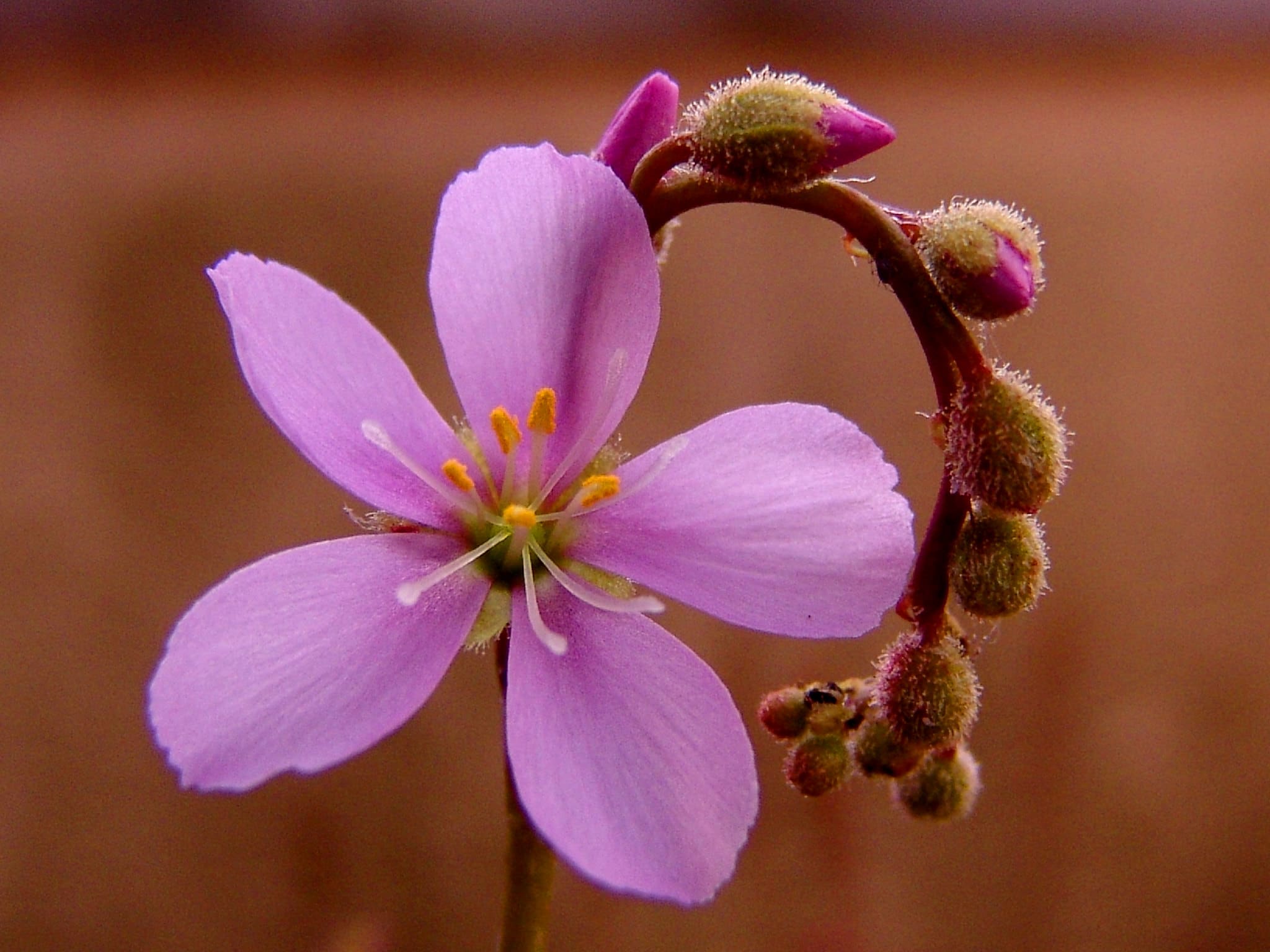
Image - Flickr / Vartax
There are many plants that do not produce solitary flowers, but many sprout from the same stem. In this specific case, the stipe is a more or less short stem that joins some part of said inflorescence with the plant. Thus, depending on its specific function, it receives one name or another, the most common being the following:
- Peduncle or ask for it: it is a stem that has non-capitular compound inflorescences which supports the flower and unites it to the rest of the plant. It is also in charge of feeding said flower, since sap is transported through its interior.
- I escape: it is a stem that does not have leaves, but does have flowers that sprout from its end. It is present in poppies, sundews, bromeliads, amaryllis, and Violets, Among others.
Gynecium stipitate
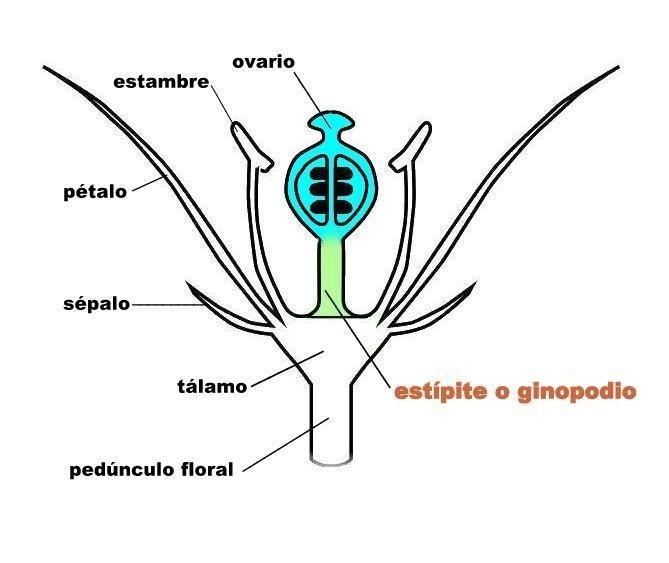
Image - Wikimedia / Philmarin
Continuing with the inflorescences, a stipe can also be what is known as a gynopodium stipitate, or gynopod as it is called. This is found in higher plants, such as angiosperms. In this particular case, is an extension of the ovary and joins the thalamus, which is a structure in which the different parts of the flower are inserted.
Rostelo (orchids)
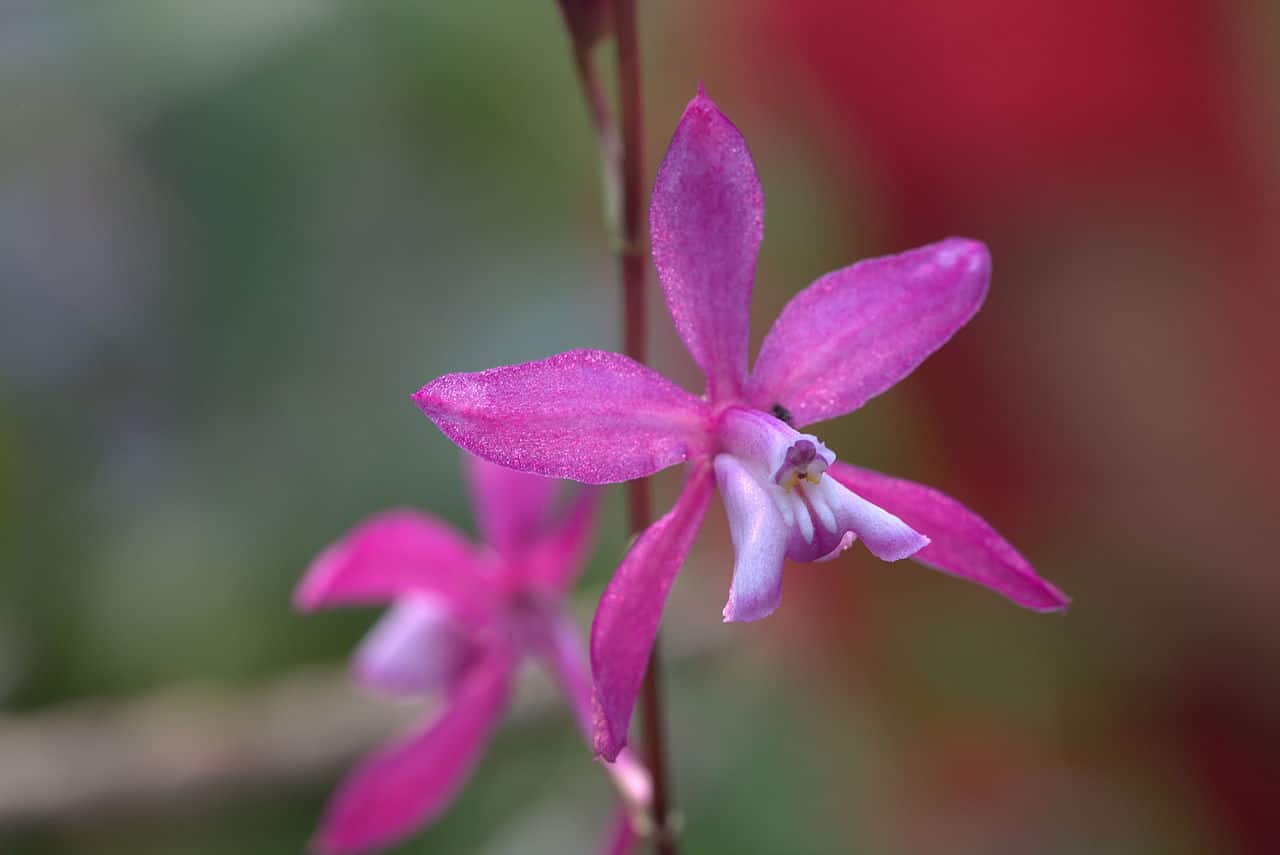
Image - Wikimedia / Averater
Orchids have very sophisticated flowers, but there are some, like those of the Cochlioda genus, that are more complex if possible. Its floral structure has a stipe, which derives from the rostellum. The rostellum is a kind of sterile column that protects the polinarium, that is, where the pollen is made.
Algae
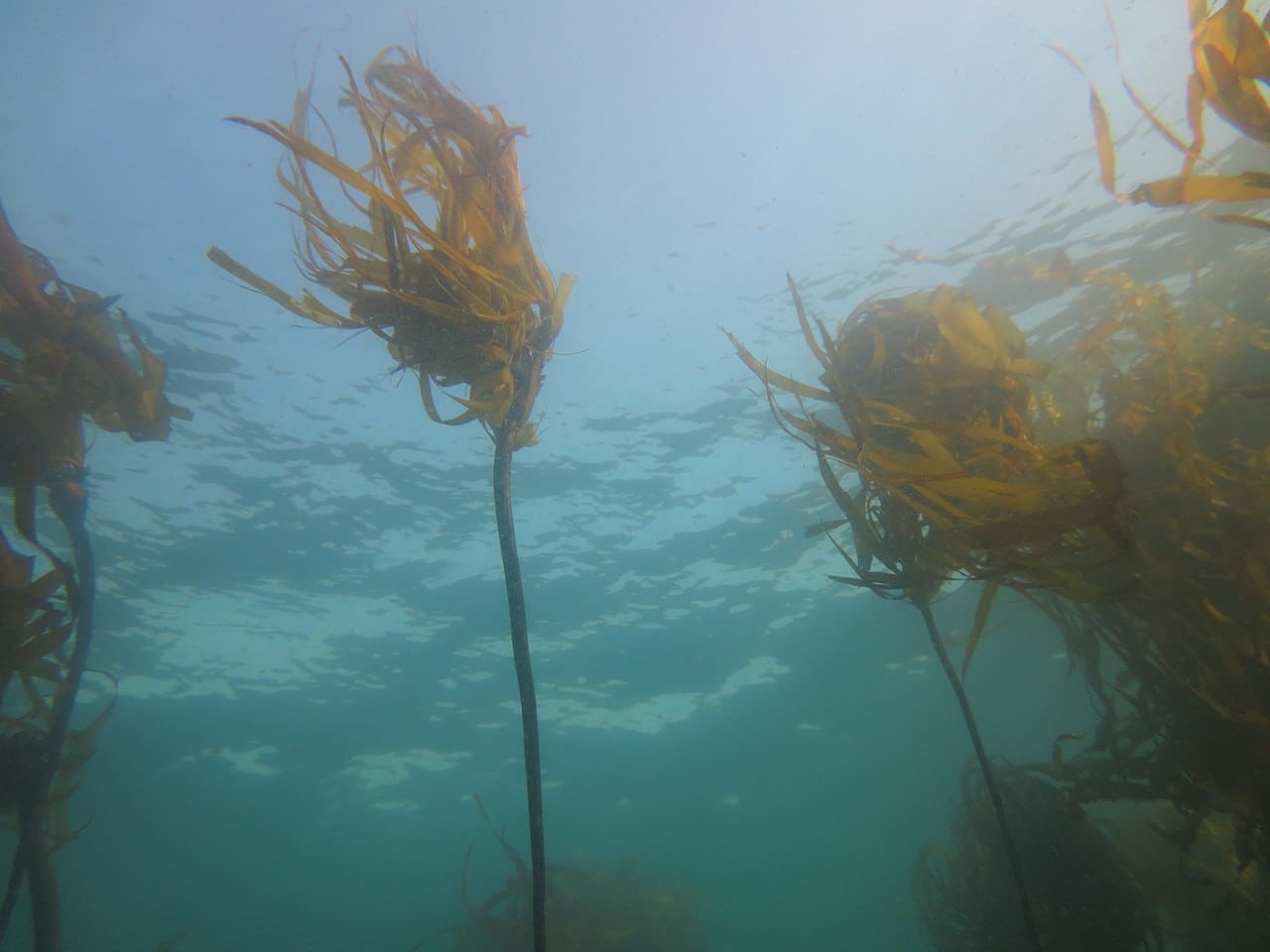
Image - Wikimedia / Chris Teague
We have talked about plants, but we cannot forget about algae. These, although they have very different characteristics from those of a cactus or a rose bush for example, they are also plant beings. And those that have a large size, such as Nereocystis luetkeana or giant kelp, they also have a stipe.
It is a structure that supports the fronds, and can reach more than thirty meters. Therefore, it is an algae that forms forests in the sea, specifically on the Pacific coast.
Do mushrooms have stipe?
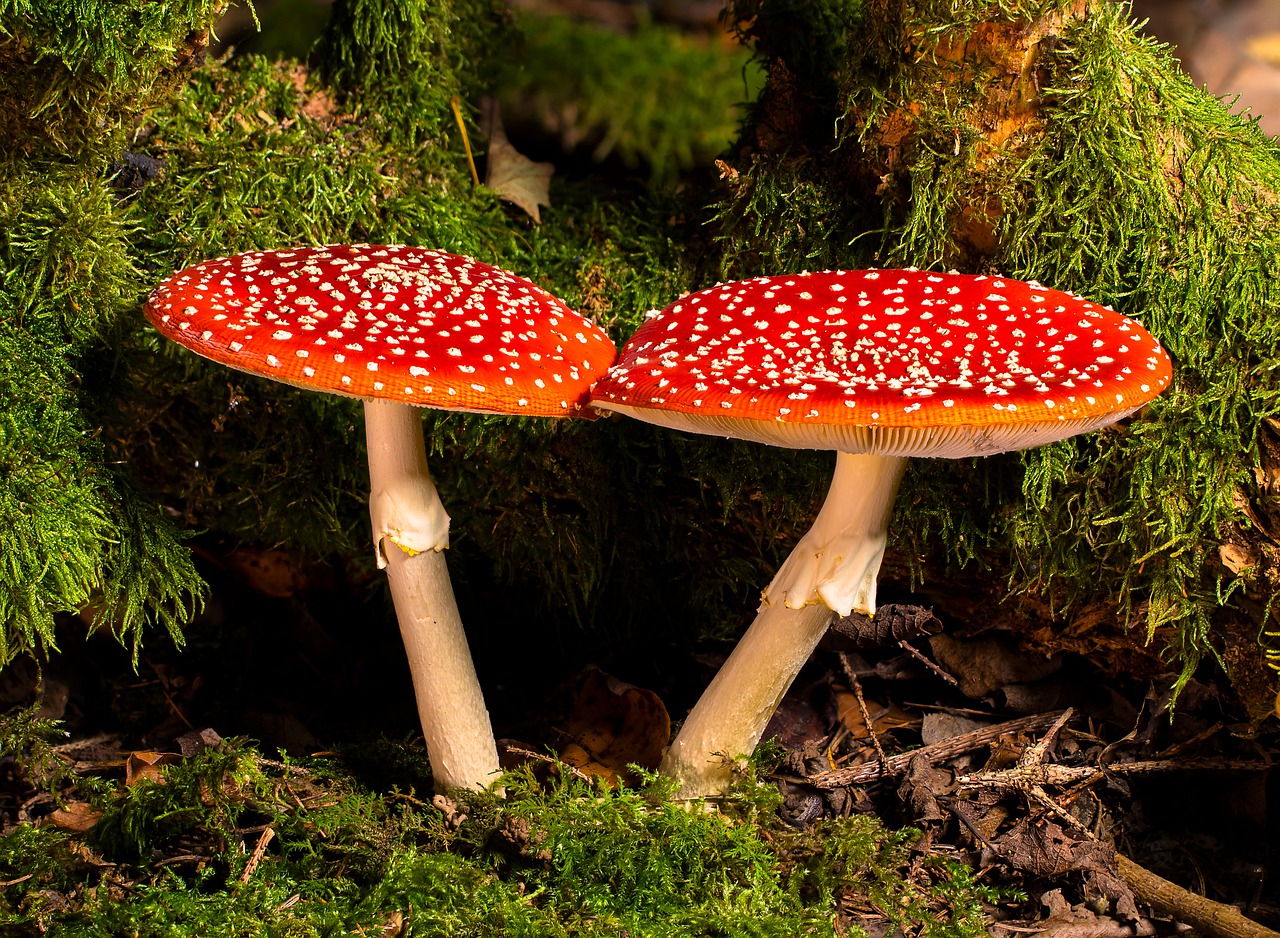
Not all, but yes. Fungi of the family Agaricaceae (Agaricales), like those of the genus Amanita, have a structure that supports the hat or pileo. This stem is known as a stipe, and its color varies according to the species, although the most common is that it is white. It can grow approximately 2 to 10 centimeters tall, and it is usually cylindrical and thin.
As you can see, there are many types of stipes: some can exceed 30 meters high, others are much smaller, with a length of one centimeter or even less, but their function is clear: it unites two parts with the plant (u fungus), so it is undoubtedly one of the most important structures they have.
We hope that you have learned a lot about them, and that from now on it will be easier for you to identify them, since it could help you not only to learn more about botany, but also to design your garden.